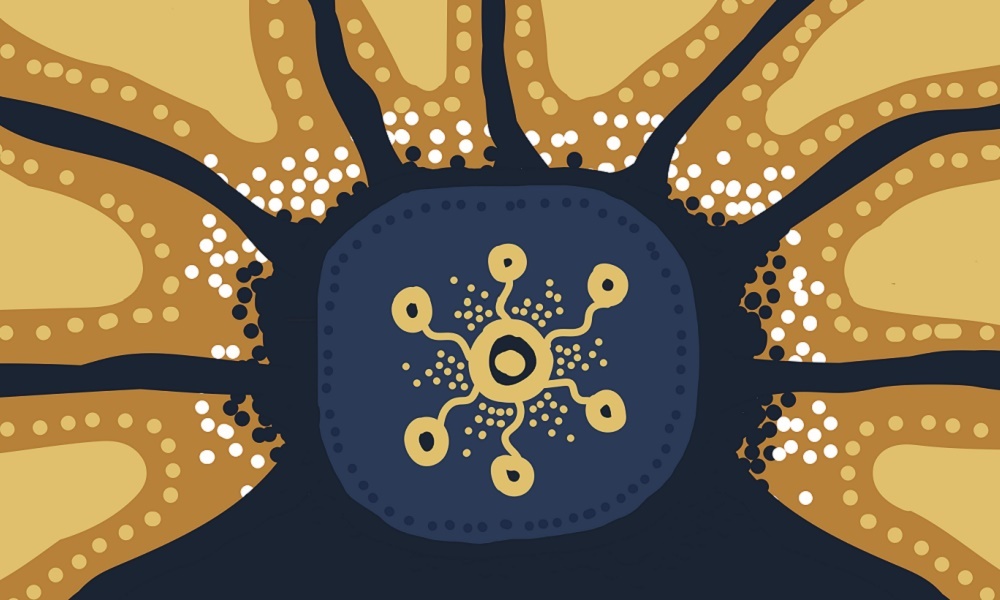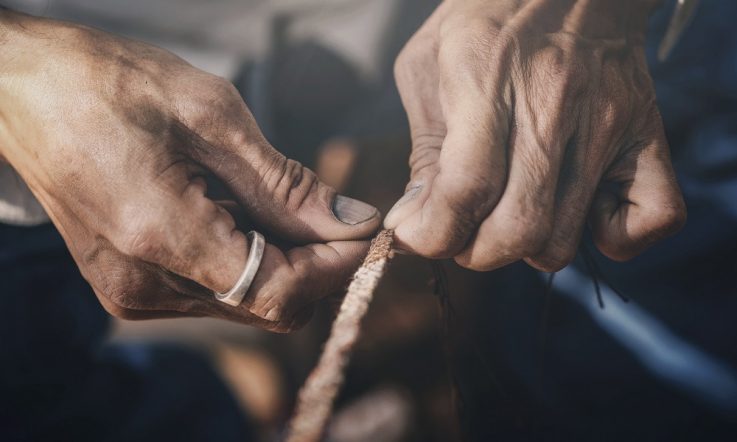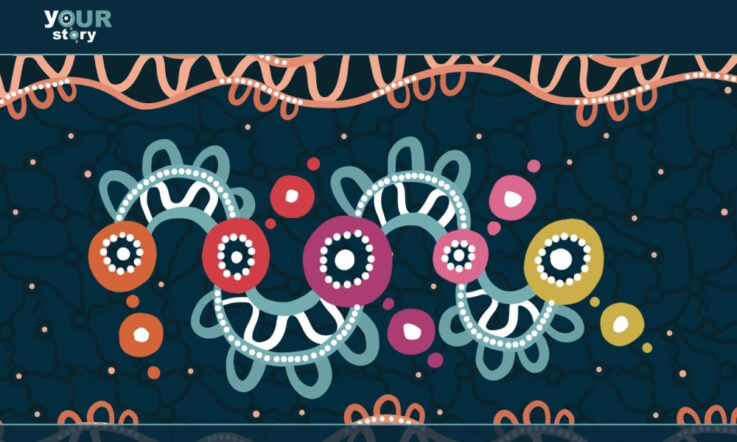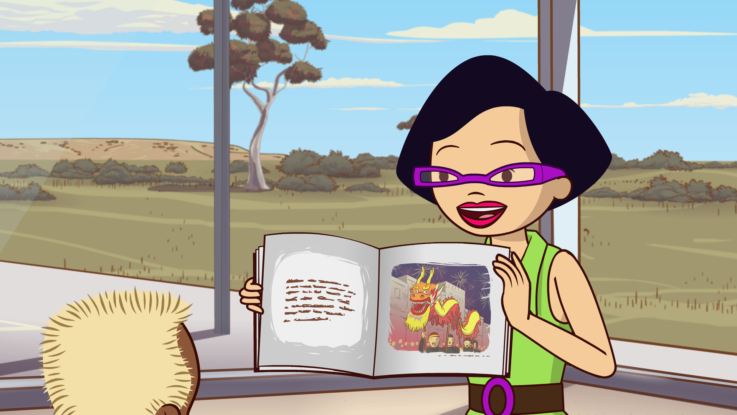What is excellence in Indigenous education? And, how is it conceptualised in practice? In this article, researchers from the University of Queensland, Dr Marnee Shay, Dr Jodie Miller and Dr Suraiya Abdul Hameed, share details of their pilot study in Queensland schools that explored these questions. Together, they have embarked on a journey of understanding how Indigenous peoples, school leaders and educators conceptualise what excellence in Indigenous education is or could be.
Every educator we interact with, Indigenous or non-Indigenous, has heard of Closing the Gap. In our work as education researchers, we feel that this deficit positioning of Indigenous students, their families and communities strongly influences the way that educators and school leaders see their work in delivering Indigenous education.
The project on excellence in Indigenous education was originally conceptualised by Aboriginal (Wagiman) researcher, Dr Marnee Shay. Marnee was familiar with the use of the term ‘excellence’, particularly by Indigenous people, but felt there was little connection to the field of Indigenous education and all that it includes. A simple google search of ‘excellence and Indigenous education’ yielded very little results, demonstrating a need to explore the topic and centre the voices of Indigenous people.
Dr Jodie Miller, a non-Indigenous maths researcher who has worked collaboratively with a number of Indigenous communities, and Dr Suraiya Abdul Hameed, an Indigenous Malay educational leadership researcher who grew up in Singapore, were keen to collaborate. Together, we have embarked on a journey of understanding how Indigenous peoples, school leaders and educators conceptualise what excellence in Indigenous education is or could be.
A strengths-based approach
At the heart of this project is a strengths-based approach. To be clear, we are researching excellence in Indigenous education, not what Indigenous excellence is. We recognise that Indigenous peoples are excellent. We started from the position that Indigenous people have strengths, abilities and capacities and that Indigenous peoples are experts in their own lives (Shay & Oliver, 2021).
Strengths-based approaches are also informed by the concept that situations and people can change. This is despite limited progress in improving educational outcomes for Indigenous students and communities outlined in the annual Close the Gap reports. The current situation does not mean we are stuck with repeating these failures year after year. As teacher educators, we know that there is enthusiasm and commitment to change, as we hear the aspirations of the future and current teacher workforce.
The pilot study
We originally started the project as a pilot study where we worked with three secondary schools in Queensland – one each from an urban, regional and remote setting. Our aims were to create a data set that mapped perspectives, understandings and experiences of Indigenous and non-Indigenous educators and leaders. We asked questions that explored how excellence was defined by individuals, how a practice of excellence in Indigenous was conceptualised and what some examples from their schools were.
We used Indigenist methods, such as collaborative yarning methodology (Shay, 2019), which enabled Indigenous peoples in particular to explore the topic at their pace and ensure that what was recorded via a textual board was an accurate summary of their responses. We used interviews for predominantly non-Indigenous staff, asking the same questions as the Indigenous cohort.
The purpose of asking the same questions was not to do any cross analysis of difference. We wanted to find shared understandings between the cohorts and identify where there are synergies in how people were imagining excellence in Indigenous education and what that might look like in practice.
We had 12 Indigenous peoples and 18 non-Indigenous people participate in the pilot study across the three schools. The data show very clearly from the Indigenous cohort that at the forefront of excellence in Indigenous education is nurturing culture and identity, followed by building young people up and building a culture of inclusivity and belonging.
Our findings
In exploring a practice framework for excellence in Indigenous education, Indigenous people discerned clearly that practising excellence in Indigenous education means working in partnership with [Indigenous] community, inclusion of Indigenous studies curricular and embedding Indigenous knowledges, an emphasis on relationships, employment of Indigenous people and leadership opportunities in schools and ensuring Indigenous young people are literate and numerate.
We saw threads of commonalities across the non-Indigenous responses who predominantly saw Indigenous staff as integral to practising excellence in Indigenous education, the school and community working together and an emphasis on relationships.
The data so far tells us some important things. First, that excellence in Indigenous education is not possible without Indigenous peoples and leadership, a critical point reiterated by all participants.
Prioritising of relationships with community, students and families has been emphasised in Indigenous education policy for some time now, but our data indicated that one of the three schools (in an urban setting) was having difficulty achieving this. Second is the importance of nurturing and affirming Indigenous cultures and identities. Some ways of doing this include embedding Indigenous knowledges and perspectives across all areas of the curriculum and ensuring Indigenous people are present in all aspects of the school community, for example.
There was strong data that emerged about leadership, both school leadership, and Indigenous leadership. It was emphasised in the data that the aspirations outlined as not possible without both strong and enabling school leadership and Indigenous leadership. Is it time then to look at models for Indigenous leadership within school hierarchies?
We know that Indigenous identified positions are usually in a lower ranked position within the school. Our data suggest that all participants (including school leaders) emphasised the need for Indigenous leadership and there is an opportunity for schools to consider how Indigenous people might be included (and remunerated) for leadership roles within the school.
The role of educators
An observation we made in undertaking the pilot study, and now the extension of the project with flexi-schools in Queensland, is the power of thinking critically about the language we use and the impact this has on our practices.
We found that although we were exploring the concept of excellence in the provision of Indigenous education, we found non-Indigenous participants in particular would frequently come back to discussing their practices in their educative roles to Indigenous students being the subjects of the conversation. We often heard non-Indigenous educators reflect on how particular Indigenous students were ‘excellent at sport’. We encourage educators to think about their role in excellence in Indigenous education – how can we individually and collectively do the work that encompasses all aspect of Indigenous education in an excellent way?
We have published a number of articles on the project and we have more under development. We are eager and committed as researchers for our findings to be fed back to Indigenous and education communities. We have a chapter in an open access book Building Better Schools with Evidence-based Policy edited by Allen, Reupert and Oades and published by Routledge.
Our chapter includes a ready-made, evidence-based, school policy for excellence in Indigenous education. The policy includes practical suggestions that schools can do now that are informed by our research. Another output is a chapter, Deadly Leadership in pursuit of Indigenous Excellence (Hameed, Shay & Miller, 2021). This chapter focuses specifically on the role of leadership in the pursuit of Indigenous excellence in educational settings.
While closing the educational gap between Indigenous and non-Indigenous students may still be an aspiration, we argue that we need to shift the way in which we are all seeing what Indigenous education is and who it is for.
We too aspire to advocate for better outcomes for Indigenous students, but we argue these aspirations should be Indigenous driven and we also assert that Indigenous knowledges, cultures, histories, stories are the foundation of this Country and the 65 000-plus years of history here in this place. All Australian students should have the opportunities to learn and appreciate the richness of the oldest living culture.
References
Hameed, S., Shay, M., & Miller, J. (2021). ‘Deadly leadership’ in the pursuit of Indigenous education excellence. In D.M. Netolicky (Ed.), Future alternatives for educational leadership: diversity, inclusion, equity and democracy. (pp. 93-110). Routledge. https://doi.org/10.4324/9781003131496-10
Shay, M. & Miller, J. (2021). Excellence in Indigenous education. In K-A. Allen, A.Reupert & L. Oades (Eds.), Building better schools with evidence-based policy: adaptable policy for teachers and school leaders. (pp. 46-54). Routledge. https://doi.org/10.4324/9781003025955-7
Shay, M. & Oliver, R. Eds. (2021). Indigenous Education in Australia: Learning and Teaching for Deadly Futures. Abingdon, Oxon United Kingdom: Routledge.
Shay, M. (2021). Extending the yarning yarn: collaborative yarning methodology for ethical Indigenist education research. The Australian Journal of Indigenous Education, 50(1), 62-70. https://doi.org/10.1017/jie.2018.25
The authors encourage educators to think about their role in excellence in Indigenous education.
As an educator, how can you define excellence in Indigenous education? How do you elevate Indigenous excellence in your classroom? How often do you think critically about the language you use around all concepts of Indigenous excellence?



